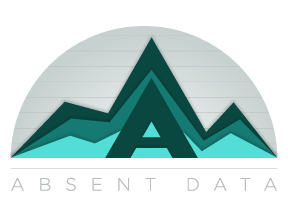Sentiment Analysis in Power BI
How to use natural language sentiment analysis in your text data with Power BI. I am really starting to fall in love with Power BI now that I have the ability to use Python scripts to transform my data and bring my visuals to a whole new level. We will use the NLTK Sentiment Intensity […]
